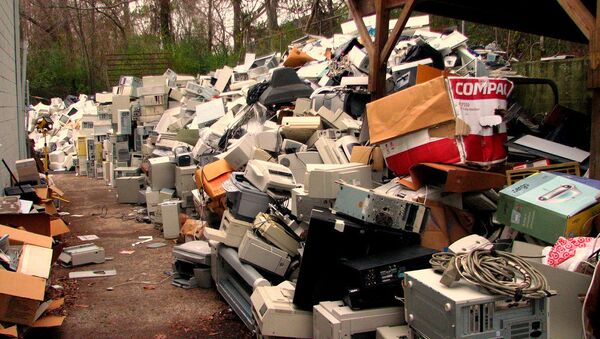MOSCOW, August 5 (RIA Novotel) – Electronic waste, or e-waste, can have adverse effects on human health and the environment if not disposed of properly, according to scientists referenced in the Pakistan-based News International newspaper.
The nation’s biggest English-language broadsheet on Tuesday drew attention to the increasing threat of toxic components used in gadgets contaminating soil, air and groundwater.
Various electronic equipment, such as laptops, cellphones and refrigerators, is built using components that have hazardous substances in them, including mercury, cadmium and lead. With their lifespans getting shorter and shorter, these gadgets are being discarded in larger numbers, ending up in landfills or garbage dumps, where they slowly decompose.
Environmental activists stress that cathode ray tubes (CRTs) used in plasma TV sets typically contain a high level of cancer-inducing heavy metals such as lead, barium and phosphorus.
The activists argue there are risks to improper CRT recycling and disposal, as is the case in Pakistan, where new markets dealing in defunct e-junk and spare parts are sprouting like mushrooms.
According to the US-based Basel Action Network (BAN), an international toxic trade watchdog, the flow of e-waste to developing countries can be tracked all the way back to the United States.
Although its e-waste recycling programs are said to be exemplary, the US government is continuing to allow discarded electronic gadgets to be sold to dumping grounds in China and India, where recycling standards are considerably lower.

